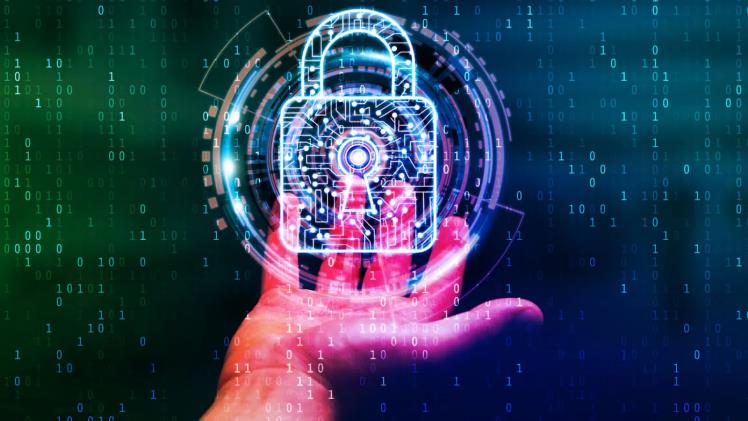Cybersecurity: Protecting Your Digital World As the digital landscape expands, so does the importance of cybersecurity. When a End user stepping into the IT industry or just want to safeguard his personal and office information, understanding the basics of cybersecurity is essential. What is Cybersecurity? Cybersecurity involves protecting computer systems, networks, and data from digital attacks, unauthorized access, damage, or theft. It encompasses a range of practices and technologies designed to safeguard our digital lives. Why Cybersecurity Matters In today's world, cyber threats are ever-evolving, making it crucial to stay vigilant. Here are a few reasons why cybersecurity is important: • Data Protection: Safeguarding personal and sensitive information from breaches and leaks. • Financial Security: Preventing financial losses due to cybercrimes. • Reputation Management: Protecting the reputation of individuals and organizations by preventing data breaches. • Compliance: Ensuring adherence to laws and regulations regarding data protection. Key Concepts in Cybersecurity 1. Malware: Malicious software designed to harm or exploit devices. Common types include viruses, worms, Trojans, and ransomware. 2. Phishing: Fraudulent attempts to obtain sensitive information by disguising as a trustworthy entity in electronic communications. 3. Firewalls: Security systems that monitor and control incoming and outgoing network traffic based on predetermined security rules. 4. Encryption: The process of converting data into a code to prevent unauthorized access. 5. Two-Factor Authentication (2FA): An extra layer of security requiring not just a password and username but also something that only the user has on them, i.e., a piece of information only they should know or have immediately to hand. Best Practices for Cybersecurity 1. Keep Software Updated: Regularly update your operating systems, browsers, and applications to protect against vulnerabilities. 2. Use Strong Passwords: Create complex passwords using a mix of letters, numbers, and symbols. Avoid using easily guessable information. 3. Enable 2FA: Add an extra layer of security to your online accounts by enabling two-factor authentication. 4. Be Wary of Suspicious Emails: Avoid clicking on links or downloading attachments from unknown sources. 5. Back Up Data: Regularly back up important data to protect against data loss due to cyber attacks. 6. Use Antivirus Software: Install and maintain reputable antivirus software to detect and remove malicious software. 7. Educate Yourself: Stay informed about the latest cybersecurity threats and best practices. As delving into cybersecurity can seem daunting, but it's a journey worth embarking on. By understanding the basics and following best practices, you can protect yourself and contribute to a safer digital world. Remember, cybersecurity isn't just for IT professionals; it's for everyone. Stay safe, stay informed, and take control of your digital security. We help you to PROTECT and RUN your Environment smooth.



